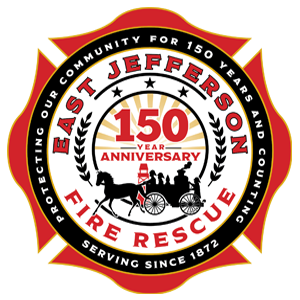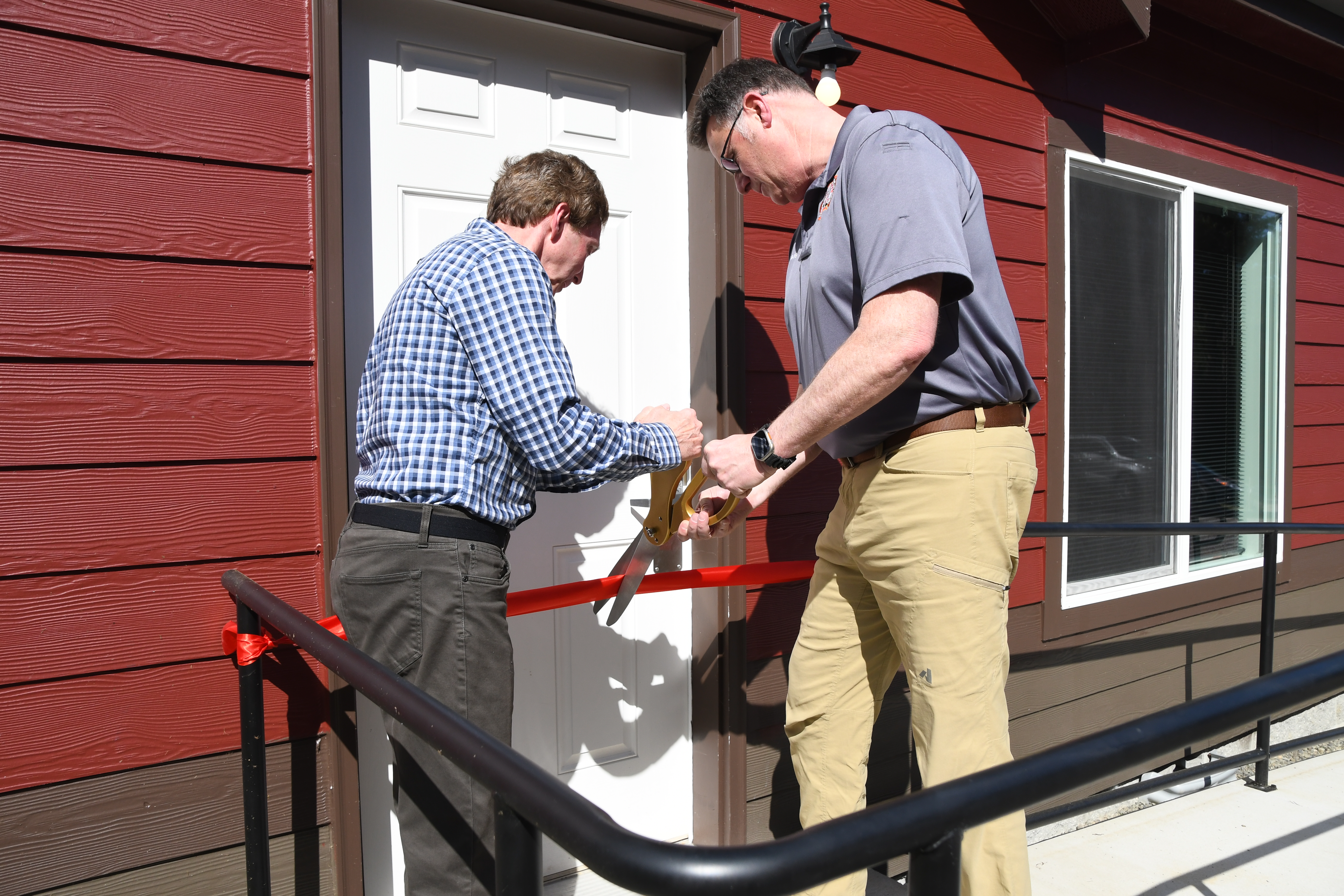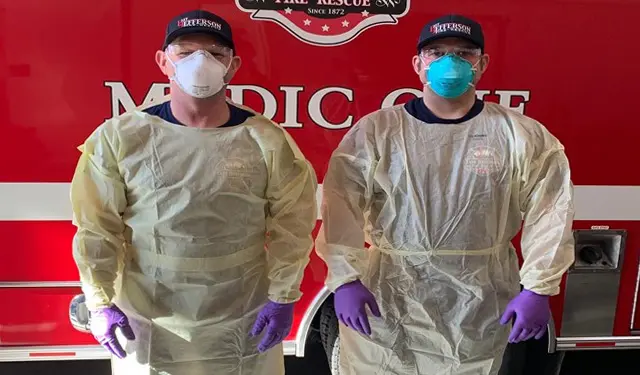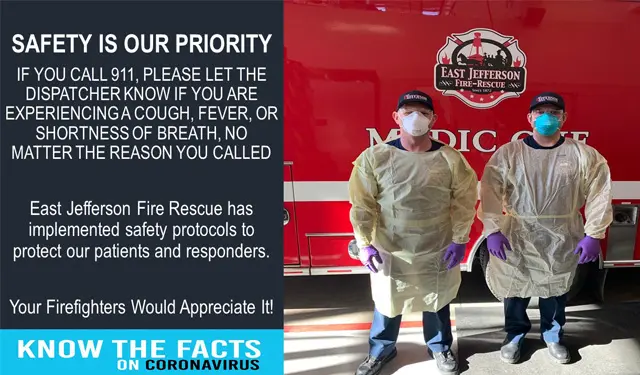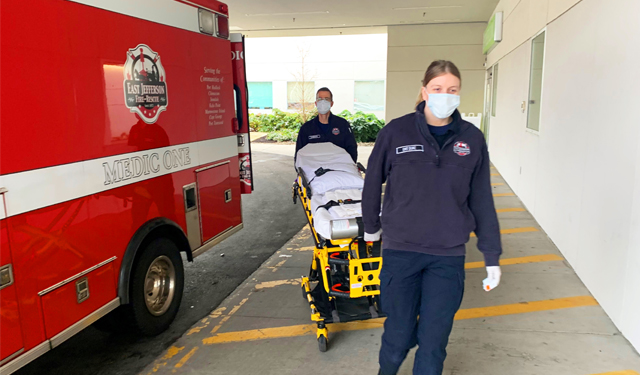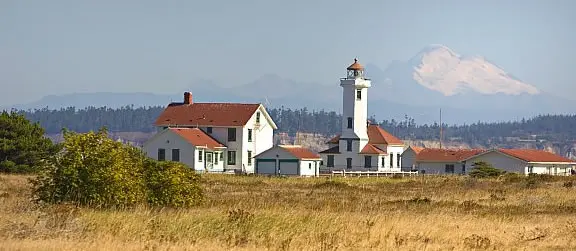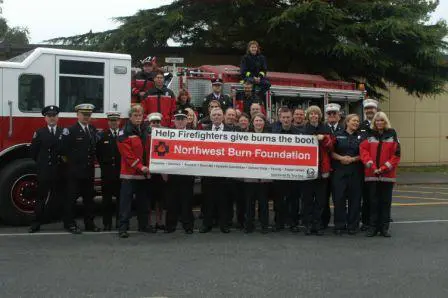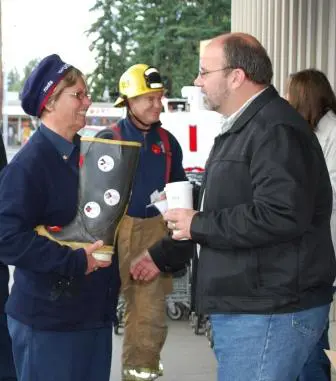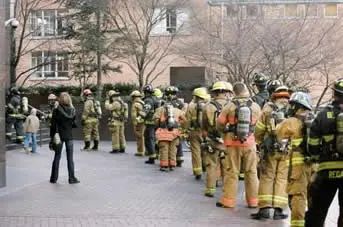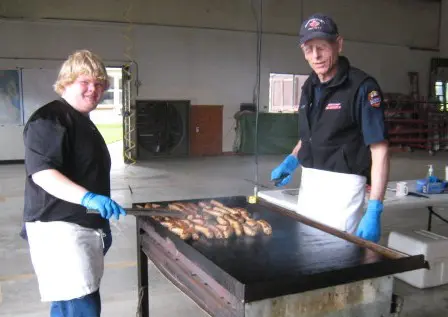Facility Highlights
The modular structure has two bedrooms, office, two bathrooms, kitchen, common room and laundry room. EJFR Volunteer Fire Station 5 even has high speed internet and fire sprinklers. The North Garage houses and antique fire engine, EJFR ambulance and a small fitness room. The South Garage houses one of EJFR’s water tenders, fire engine and H.A.M. radio room. The equipment and vehicle inventory kept at EJFR Volunteer Fire Station 5 is robust and will help sustain the Island during a disaster.
The Future
On April 20th, 2024 EJFR celebrated the completion of phase 1 of the project; more is to come. MIF applied for a grant to electrify EJFR Volunteer Fire Station 5 in 2023. They were awarded the grant and the project will begin in May 2024, bringing solar panels and electricity storage to the compound. EJFR and MIF are also planning to apply for disaster related grants to establish a disaster cache at the facility.
Aid 5 Pilot Project
Background: (Prior to 2023)
Fire Station 5, at 6633 Flagler Rd., on Marrowstone Island houses Aid 5 and Engine 5. This station is not typically staffed 24 hours a day, but is instead served by Fire and EMS volunteers that live on the island. East Jefferson Fire Rescue is a combination Fire department with 34 career firefighters and 35 volunteer personnel. For several years EJFR has struggled to staff this location with resident island volunteers.
In 2018 the Washington Survey and Ratings Bureau (WSRB) lowered the Fire Insurance rating from a 5 to a 9 if your home is not within a 5 mile distance of a fully staffed fire station, due largely to the lack of volunteers. In response to this, EJFR contacted the WSRB to reevaluate based on a mutual aid agreement already in place with Naval Magazine Indian Island Engine 91. The WSRB rating was updated to reflect this agreement.
Residents of the northern end of the island are still impacted by the WSRB insurance rating and the island, in general, receives some of the longest response times within our district. To address these issues EJFR is actively working with island residents and members of the Marrowstone Island Foundation to formulate a solution.
In 2019, the opportunity arose to purchase a used, modular station from Shoreline Fire and an agreement to purchase and move the station upon Shoreline Fire’s project completion was executed. The tentative plan is to provide living quarters and staff Station 5 with volunteers. The current facilities at Station 5 are apparatus bays only – there are no station quarters and no restroom facilities. The Marrowstone Island Foundation has worked diligently to support this plan, including raising over $125,000 to fund portions of the project. We can’t thank our partners enough! Challenges include building a difficult septic system, permits, timing and acquiring more Volunteers.
Unfortunately, some of our challenges have led to delays in this project. At this time, we have decided to forgo purchasing the building from Shoreline Fire and explore different options.
Multiple factors were weighed as we considered our options:
- Septic construction timeline and costs are not yet finalized
- A foundation for the building has not been constructed yet
- Storm water system costs are unknown
- Driveway expansion costs are unknown
- Issues with the county-owned alleyway north of the property need to be finalized
- A PUD waterline needs to be constructed
- If we were to purchase and move the aforementioned building to our location now, it would sit empty – future degradation is unknown
- A storage area for the modular unit was not established
- Current needs for this particular building were a new roof and new paint
- The purchase of a similar, but new building, may better suit our needs in the long run
At a special meeting held on August 3rd, 2020 the Board of Fire Commissioners ultimately decided it best to terminate the agreement with Shoreline Fire and reevaluate our project strategy. Understandably this is a disappointment to all involved in this endeavor. EJFR Fire Commissioners do not wish to put this project on hold or delay moving forward, however a reevaluation is necessary to ensure a positive completion of the Marrowstone Station 5 Project.
